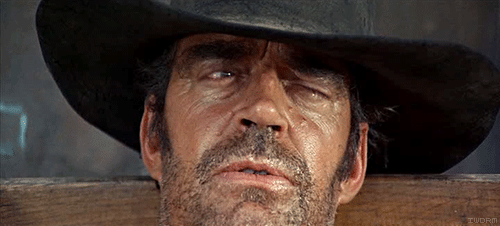I was reading a bit about the grand festival of Toxcatl, which is argued to have been the main Aztec feast. It was centered on the (surprise) ritual sacrifice of a young man who was chosen for this one year before (as part of the previous feast) and until then lived as an impersonator of the god Tezcatlipoca.
The actual sacrifice would begin with the removal of the heart, using an obsidian dagger, but the body would then be decapitated and have all limbs cut off, flayed, and the remains were to be eaten by high-ranking Aztecs.
I have a few questions about this very charming and cheerful festivity:
A) Questions about the impersonator
1) Was the impersonator (original Aztec term for him is Ixiptlatli) always a prisonner of war?
2) Did the impersonator realise what would happen in the end of his year as a god?
3) Why would the Aztecs ritually kill an impersonator of a god (Tezcatlipoca) who they regarded as pretty much a gruesome monster that asked to be empowered by human blood so as to keep fending off supposedly even worse monsters from attacking the humans?
4) Did the impersonator take part in the last bits (well, not a pun) of the feast of the previous year, by being given to eat from the body of the previous impersonator?
B) Questions about the etymology of Toxcatl
1) Did that festivity's name mean 'drought' or something related to smoke/mirrors?
2) Was there any previous mesoamerican festivity which can be said to have served as a basis for the Toxcatl?
*
Thanks for any help








 Reply With Quote
Reply With Quote









